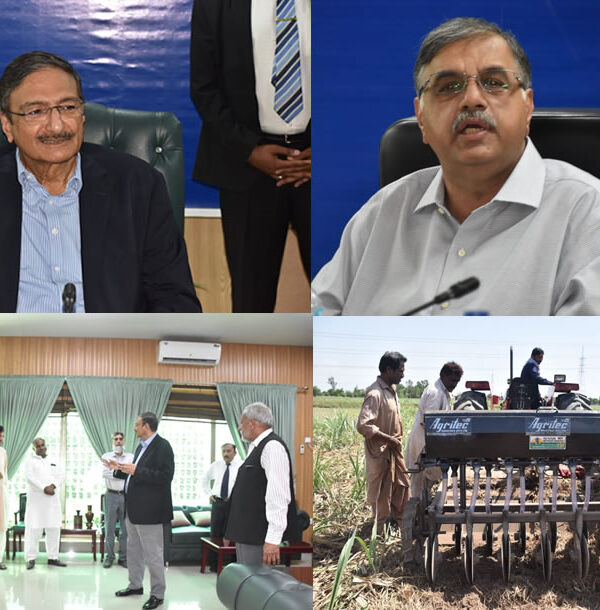
29th Board of Governor’s meeting of Sugarcane Research and Development Board (SRDB) was held on 22 April 2024
29th Board of Governor’s meeting of Sugarcane Research and Development Board (SRDB) was held on 22 April 2024 at Muhammad Nawaz Shareef University of ... Read More



